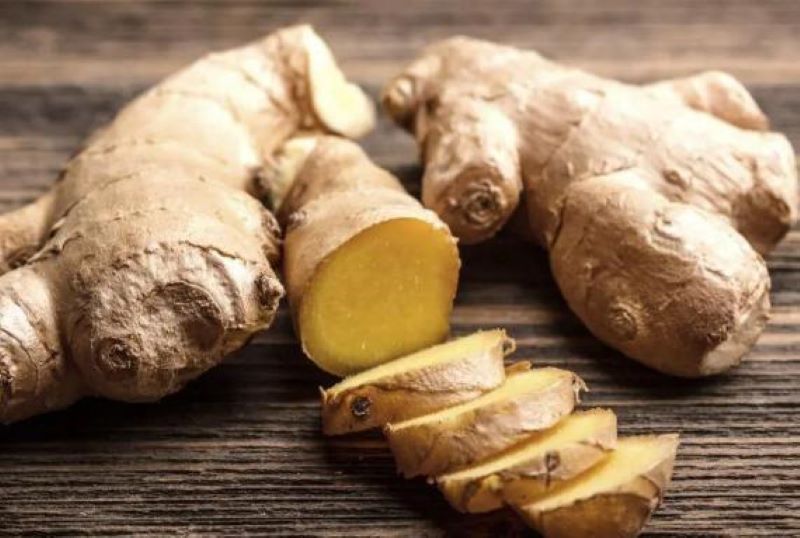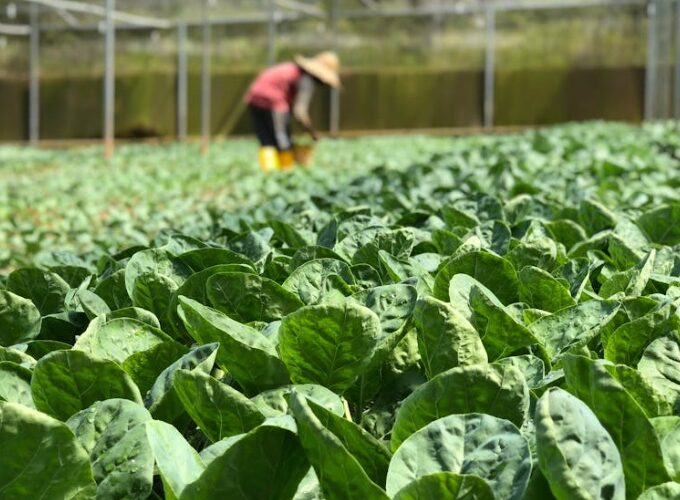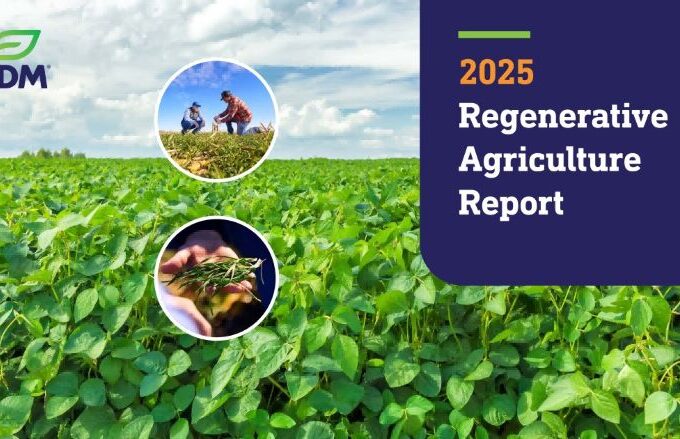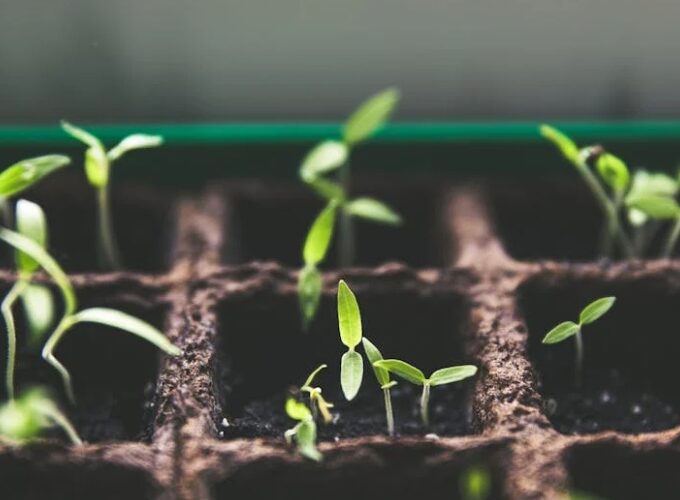The European ginger market offers opportunities for suppliers from developing countries. Healthy lifestyles, growing demand for Asian delicacies and extensive use of ginger in the food and beverage industry are driving this growth. The major importer of ginger is the Netherlands, followed by Germany and the UK.
Worldwide consumption of ginger is expected to continue to grow over the next three to five years. The demand for ginger in Europe peaks especially during the winter season due to cold weather. The main reason for this is that ginger is considered to be a healthy food and ginger can relieve sore throat or flu symptoms. The growing ginger market in Europe offers opportunities for exports. Buyers are increasingly willing to establish long-term relationships with suppliers to ensure adequate supply. More than 70% of Europe’s total imports come directly from developing countries. Ginger cannot be produced in Europe, so European supply is based on imports.
Demand And Supply of Ginger
Ginger is the irregularly shaped underground stem of the ginger plant, which is grown in tropical climates around the world.
On the demand side, ginger has a variety of nutrients such as proteins, carbohydrates, dietary fiber, vitamins, curcumin, curcumin, etc. It has the effect of promoting appetite, warming and stopping vomiting, disinfecting and detoxifying the body, and opening the stomach and spleen. Ginger can not only be eaten fresh but also be further processed into ginger slices, ginger candy, ginger juice, ginger tea, ginger oil and other products, which are widely used in food, medicine, health care products, cosmetics and other fields.
In terms of supply, ginger likes warmth and is widely cultivated in tropical and subtropical regions of the world. In recent years, the global ginger planting area and production have maintained a fluctuating growth trend. Large producers include India, Nigeria, China, Nepal and Indonesia. The three largest exporters to the EU are China, Peru and Brazil. Specifically, according to the United Nations Food and Agriculture Organization statistics show that in 2021, the global ginger planting area is close to 19.75 million acres, ginger production reached 24.35 million tons; and, among them, India, China, Indonesia, Thailand and other Asian countries, is the world’s major ginger supply market.
Fresh ginger is usually processed in Europe into refrigerated ginger puree for the food processing industry or ginger ale (as an ingredient in drink mixes, as the main ingredient in ginger ale, or in bottles for the home and restaurant markets). The market demands more fresh ginger than dried ginger. In addition, most fresh ginger is hydrated to a 70% moisture content level before shipping.
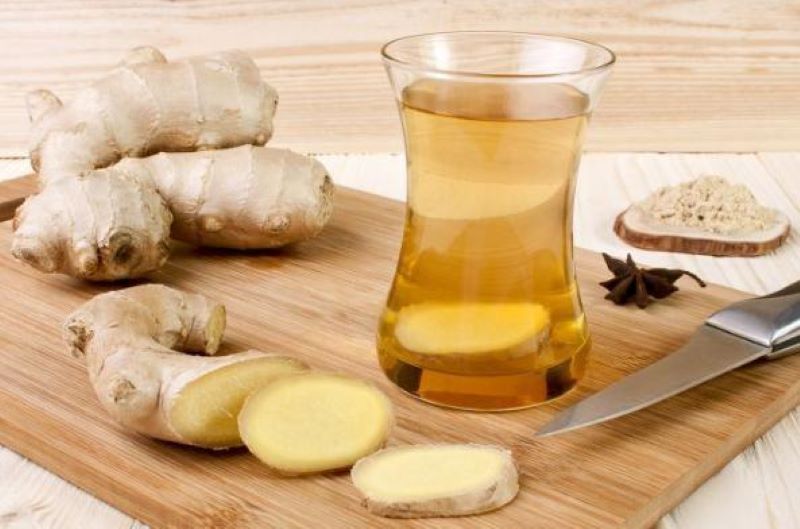
Healthier Lifestyle
The growth in demand for ginger in the European market has been fueled by Europeans seeking healthier principles in their food. This is not surprising, as healthy living is one of the most important trends in Europe. Consumers consider food ingredients such as salt, sugar and synthetic additives to be unhealthy. This trend is not only visible in food, but cleaning products and cosmetics are increasingly based on plants such as spices, herbs and fruits.
Due to this, consumers are increasingly consuming ginger for its health-promoting properties. For example, consuming ginger helps with digestive problems, flu prevention and stress relief. Due to its growing popularity, ginger is also increasingly being used as a nutraceutical as well as other food products such as tea, beer and snacks.
Countries With a Demand for Ginger
In the long run, the Netherlands is the largest importer and trader of ginger in Europe. Its imports are growing significantly at a rate of 20% per year. 97% of Dutch imports come directly from developing countries. The country is Europe’s leading spice trading center and therefore Europe’s leading supplier of ginger within Europe. The Netherlands is number one in terms of imports from China, with imports from Peru in a solid second place. Brazil and Thailand follow respectively. The Netherlands has a tradition of spice trading that goes back hundreds of years. This tradition continues to this day.
The UK gets 93% of its ginger from developing countries and is the second largest importer of ginger in Europe, probably as a result of the UK’s relatively large population of Asian descendants of businessmen. Due to the UK’s large Asian diaspora, the country’s per capita consumption of ginger is the highest in Europe. 84% of ginger is imported directly from China. Germany is also a significant supplier of ginger to the UK (2.6% share). In addition to China
China and India, the UK also sources ginger from Pakistan, Nigeria, Vietnam, Indonesia, Thailand and Peru.
Germany is the largest consumer market for ginger in Europe and the largest market for organically certified fresh fruits and vegetables, including ginger. Annual consumption peaks at about 30,000 tons in 2021 and 2022. Demand is highest during the winter months. Demand is particularly high during the flu season, as ginger is believed to help fight the flu. Germany is the second largest ginger importer in Europe. ginger imports have increased between 2019 and 2021. However, Germany’s ginger imports decline from 32,000 tons in 2022 to 27,000 tons in 2023 (-14%). Overall, the average annual growth is quite positive (+7.1%). 2023 sees the consumption of health-related and relatively expensive ingredients (e.g. fresh organic ginger) under pressure due to higher inflation.
Global Ginger Supply Patterns
For organic ginger, Peru’s supply to Europe has changed from last year. The implementation of new organic regulations in Europe in general, which also apply to ginger from other origins, has led to a decrease in Peruvian organic ginger supply to Europe. Correspondingly, however, supplies to other destinations should be slightly higher than last year.
Global ginger producers, with the exception of Peru, are actively exporting ginger to markets such as the United States. Currently, it is mainly Brazil and China that are sending ginger to the United States, although they mainly ship conventional ginger. Ginger exports from these countries have enriched the U.S. market as a source of ginger supply and made the global ginger market more competitive.
Oversupply is a prominent issue in the global ginger trade. This challenge involves all segments of the ginger trade chain, including farmers, government entities, exporters, and importers. The government needs to plan for proper, responsible and sustainable production in all sectors to avoid overproduction and improve the quality of ginger. For example, farmers need to rationalize their planting area according to market demand, governments can regulate the scale of production through policy guidance, and exporters and importers need to accurately grasp the latest developments in the agricultural market in order to avoid backlogs in stocks.


